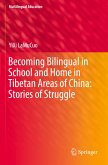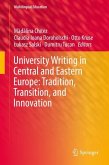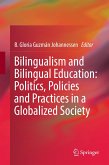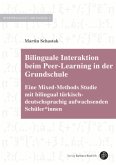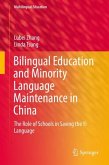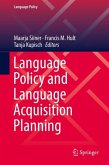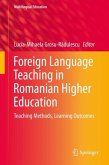This book contributes significantly to our understanding of bilingualism and bilingual education as a sociocultural and political process by offering analyses of the stories of five Tibetan individual journeys of becoming bilingual in the Tibetan areas of China at four different points in time from 1950 to the present.
The data presented comprises the narrative of their bilingual encounters, including their experiences of using language in their families, in village, and in school. Opportunities to develop bilingualism were intimately linked with historical and political events in the wider layers of experiences, which reveal the complexity of bilingualism. Moreover, their experiences of developing bilingualism are the stories of struggle to become bilingual. They struggle because they want to keep two languages in their lives. It illustrates their relationship with society. They are Tibetans. L1 is not the official language of their country, but it is the tie with theirethnicity. It addresses bilingualism linked with the formation of identity.
The unique feature of this book is that it offers a deep understanding of bilingualism and bilingual education by examining the stories of five individuals' learning experiences over a period of almost 60 years.
The data presented comprises the narrative of their bilingual encounters, including their experiences of using language in their families, in village, and in school. Opportunities to develop bilingualism were intimately linked with historical and political events in the wider layers of experiences, which reveal the complexity of bilingualism. Moreover, their experiences of developing bilingualism are the stories of struggle to become bilingual. They struggle because they want to keep two languages in their lives. It illustrates their relationship with society. They are Tibetans. L1 is not the official language of their country, but it is the tie with theirethnicity. It addresses bilingualism linked with the formation of identity.
The unique feature of this book is that it offers a deep understanding of bilingualism and bilingual education by examining the stories of five individuals' learning experiences over a period of almost 60 years.


